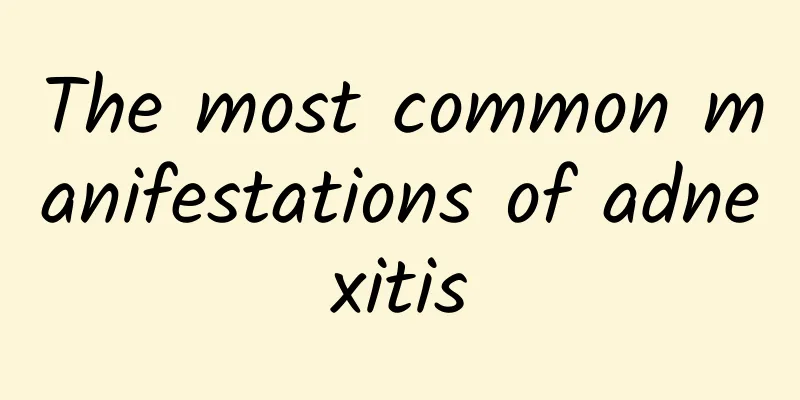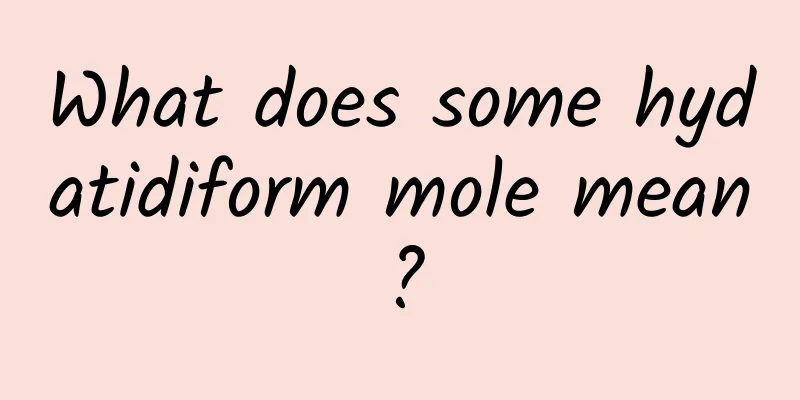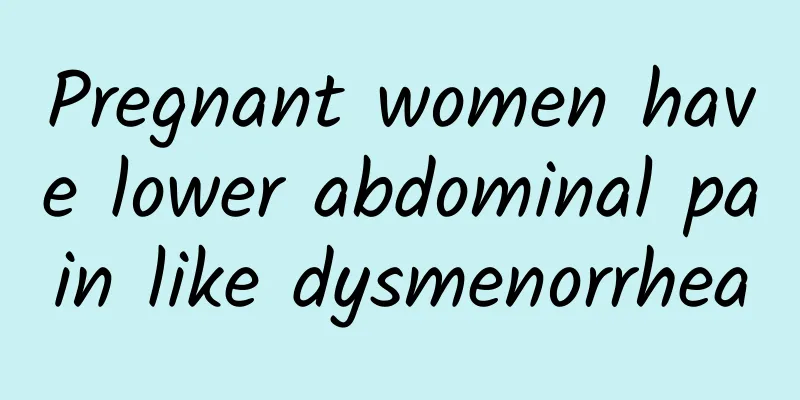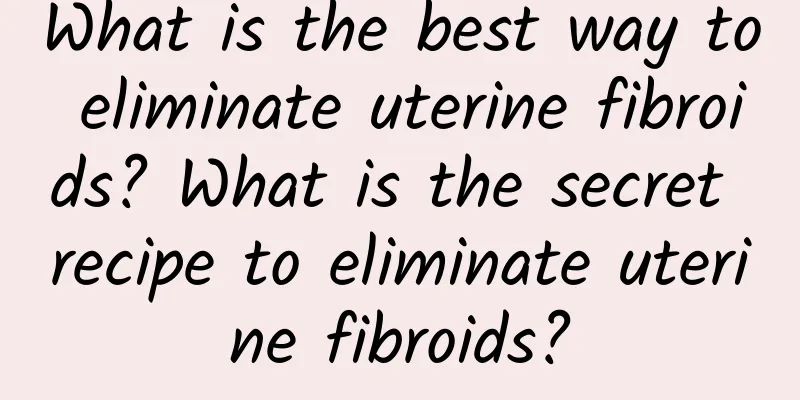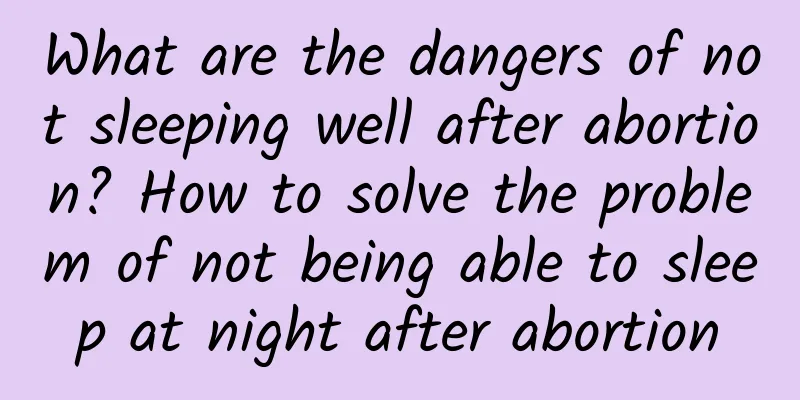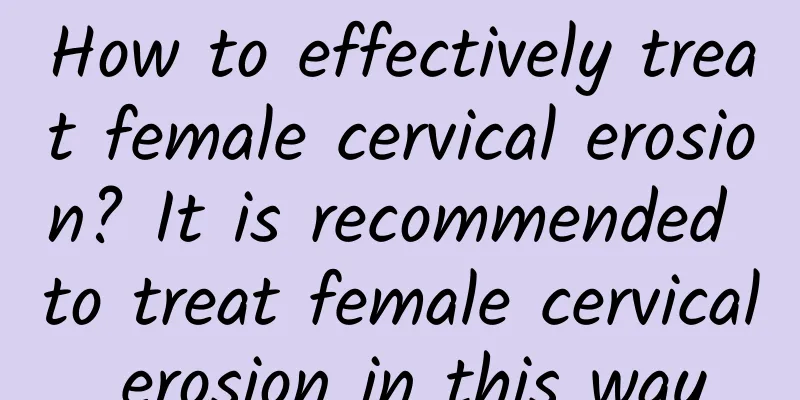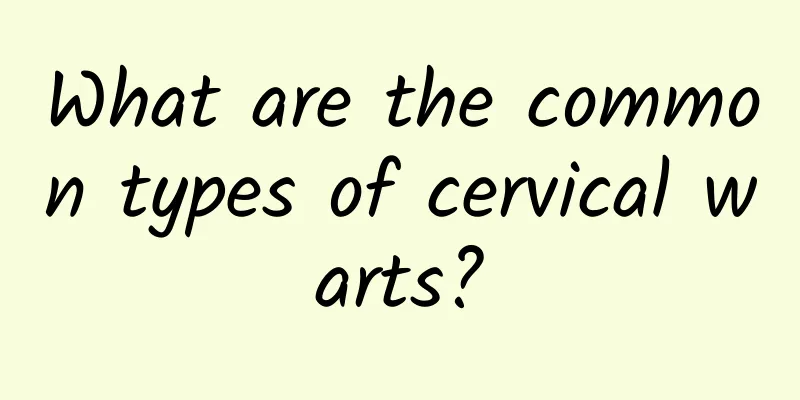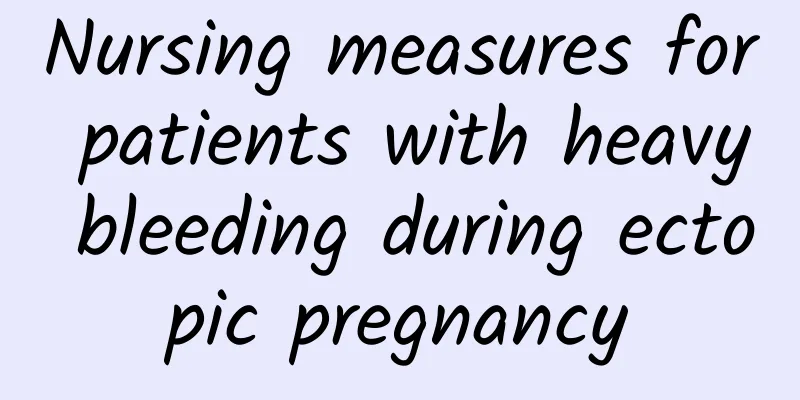What should I do if I have uterine fibroids?

|
Uterine fibroids are a very common uterine disease. Nowadays, the incidence of uterine fibroids has been on the rise, which poses a great threat to the health of female friends. Female friends must be aware of their own conditions, understand the symptoms and treatment of uterine fibroids, and keep themselves away from troubles. The harm of uterine fibroids 1. Anemia: Since the uterine function of female friends will be affected after suffering from uterine fibroids, female patients are prone to increased menstrual volume and prolonged menstrual period, which can easily cause anemia in women. 2. Infertility: After a patient has uterine fibroids, the environment for the fertilized egg to implant changes, which can easily lead to infertility in women. 3. Adhesion: If the disease is not effectively treated, the fibroids may twist and cause adhesions to the surrounding areas. Symptoms of uterine fibroids 1. Menstrual changes: The most common symptom is shortened menstrual cycle, increased menstrual flow, prolonged menstrual period, irregular vaginal bleeding, etc. 2. Increased leucorrhea: Increased leucorrhea, sometimes with a large amount of purulent and bloody discharge and necrotic tissue discharge with a foul odor. 3. Pain: Generally, patients do not have abdominal pain, but often have lower abdominal distension, back pain, etc. When the pedicle of the subserosal fibroid is twisted, acute abdominal pain may occur. When the fibroid turns red, the abdominal pain is severe and accompanied by fever. 4. Compression symptoms: When the fibroid grows forward or backward, it can compress the bladder, urethra or rectum, causing frequent urination, dysuria, urinary retention or constipation. When the fibroid grows to both sides, it forms a broad ligament fibroid, which compresses the ureter and can cause hydroureteral or renal pelvis; if it compresses the pelvic blood vessels and lymphatic vessels, it can cause lower limb edema. Treatment of uterine fibroids 1. Drug treatment: For patients with heavy menstrual flow and an enlarged uterus about the size of an eight-week pregnancy, androgen therapy can be used after diagnostic curettage and elimination of endometrial cancer. Second, surgical treatment, patients with uterine fibroids, the age of uterine appendectomy is usually under 45 years old, especially under 40 years old. Nowadays, hysterectomy is very harmful to the human body, and many hospitals no longer perform this operation. 3. Minimally invasive treatment, but minimally invasive is a concept, not a certain surgical method. Any treatment method can achieve the effect of minimally invasive as long as it can treat the disease to the greatest extent while reducing the trauma to the patient. If the indications are not mastered, any method can turn from minimally invasive to massively invasive. |
<<: Are medications usually effective in treating cervical erosion?
>>: Middle-aged women suddenly develop a "bucket waist" and are alert to uterine fibroids
Recommend
How to prevent chocolate cysts
Chocolate cysts are relatively common in clinical...
The thinnest in the world! Norwegian Nordic diet helps lose weight
Obesity is the killer of chronic diseases, and Ta...
What are the symptoms of menopause? There are 4 aspects
Menopausal syndrome is a relatively common proble...
When is the best time to drink coffee: waking up or in the afternoon? Nutritionist Lin Yuwei: Don’t drink coffee at the wrong time at 4 key moments
Coffee is known as "black gold". When y...
Unhealthy sexual life is a common cause of cervicitis. Are patients with cervicitis more likely to develop cancer?
Cervicitis is one of the common gynecological dis...
What is vulvar leukoplakia
Vulvar leukoplakia is a common chronic skin disea...
What are the harmful manifestations of pelvic inflammatory disease?
The high incidence of pelvic inflammatory disease...
How are uterine fibroids usually caused? How to prevent uterine fibroids
Uterine fibroids, also known as uterine leiomyoma...
What are the main clinical symptoms of pelvic inflammatory disease?
Among the many gynecological diseases, pelvic inf...
Skinny beauty eats and drinks too much, high blood pressure comes to her quietly
Some people try desperately to lose weight, but t...
To maintain a healthy liver, you must first lose belly fat! 10 unexpected fat-reducing tips to effectively get rid of visceral fat
Having a fat belly is really troublesome. Many pe...
Treatment of ovarian cysts
Symptoms of ovarian cysts may include abdominal p...
Losing weight by walking is so easy! Did you do the 6 tips correctly?
Is your waistline getting bigger and your weight ...
What are the symptoms of ectopic pregnancy?
What are the symptoms of ectopic pregnancy? Exper...
Nutritionist's carbon-reducing rice dumplings protect the health of the whole family
On the eve of the Dragon Boat Festival, Taichung ...
